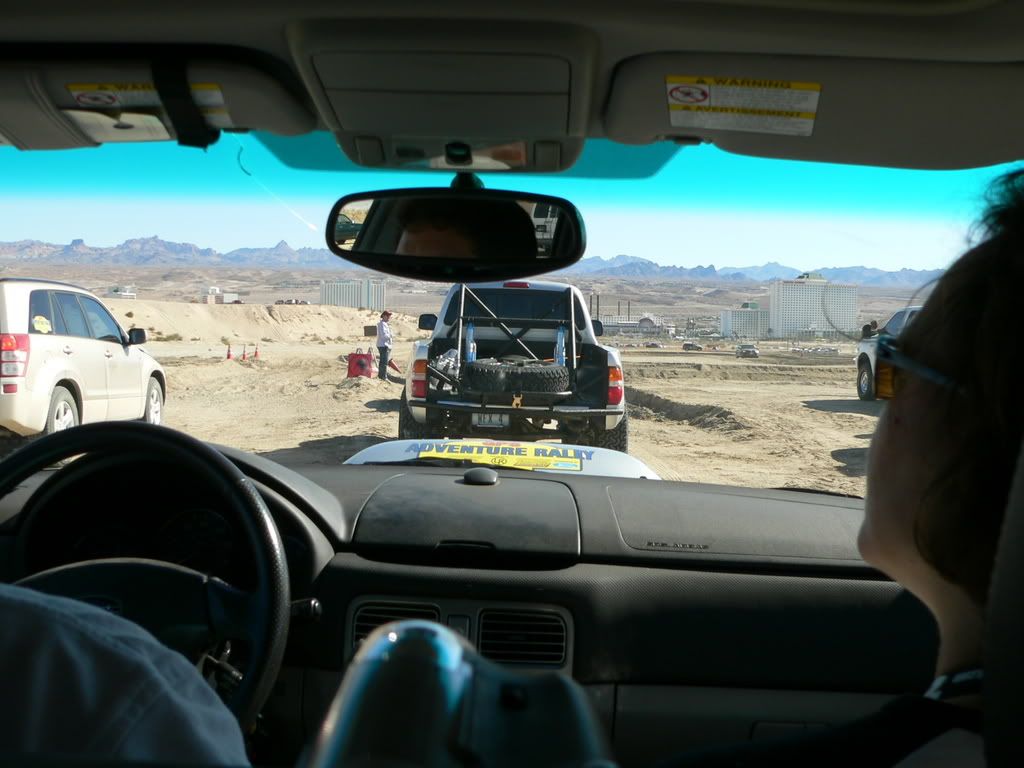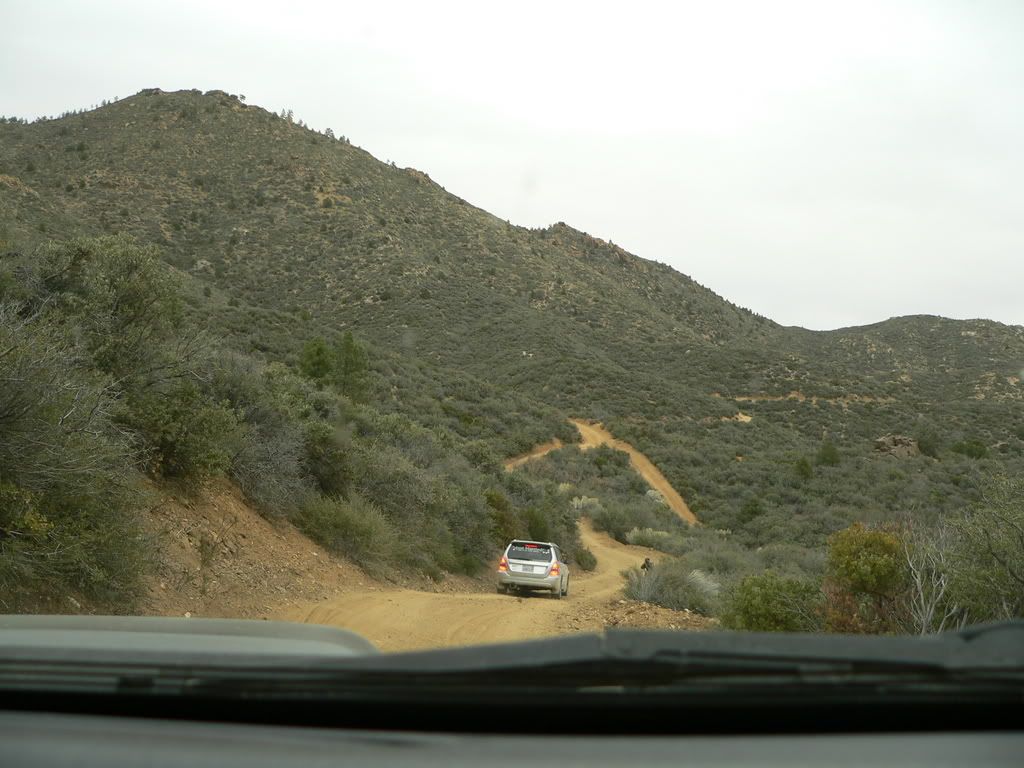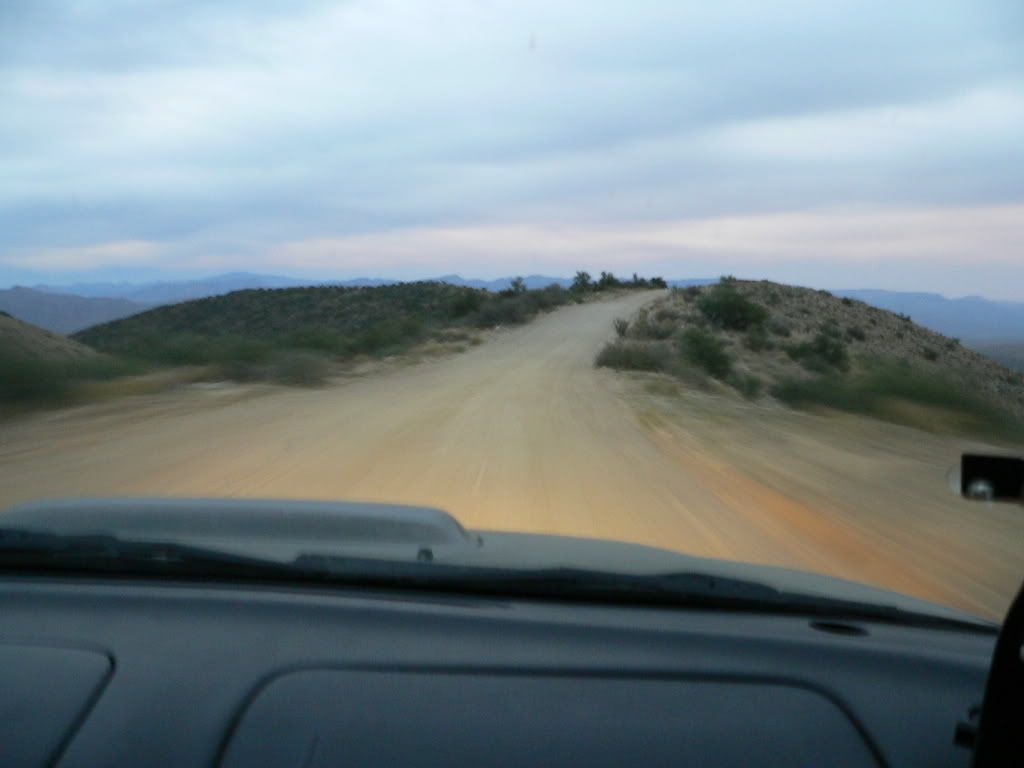So there is so much confusion over the type of AWD system this car has and even a bit of mis-information. Hopefully this will clear all of that up for the future and be a good referece for future questions.
First off, this is NOT a 4WD system, but an AWD system.
There is a max front:rear power split of 50:50, this is not 24/7. The system is predominantly 100:0 (aka FWD) unless particular conditions are met. This is meant to improve fuel economy.
So how do they do the power split, well, there is a electromagnetic coupler bolted to the input of the rear differential. There is an ECU that controls that coupler, depending on the amount of current that ECU sends out, you get a varying amount of torque distribution to the rear wheels. Essentially, the coupler is a wet clutch pack which allows minor slipping, depending on how tight its squeezed via the electromagnets.
The prop shaft and the rear drive shafts (and by extension the rear differential/gears) are always rotating. The coupler's job is simply to tie in engine power to the rear differential.
The entire system uses open differentials all around, meaning all power goes to the wheel with the least grip. There are no limited slip or locking differentials. Any terminology Toyota or a salesman uses referring to a locking differential is referring to the electromagnetic coupler, the rear differential is an open diff.
There is no advanced torque vectoring in the system like on advance AWD systems. There is a minor amount of control over where the torque is going by using the brakes. Basically, when a wheel slips, the ABS system will apply the brake on that single wheel, creating resistance on the slipping wheel, redirecting engine torque to wheels with grip.
So what does the Lock Differential button do on the dash? Simply, it makes the AWD ECU apply high current to the electromagnetic coupler to essentially allow max torque (50%) go to the rear wheels. It will stay this way until 25mph or the system detects damage to the drive-train could occur, in which case it could either reduce power or disengage the coupler.
So when does the rear wheels kick "on".
Well obviously, when there is slip or the lock button is pressed. But when else.
There are a few other times, one being acceleration. Under heavy acceleration from a stop, the rear wheels will kick on, however if your accelerating and turning from a stop, they won't. They will also kick on during heavy acceleration during normal driving.
First off, this is NOT a 4WD system, but an AWD system.
There is a max front:rear power split of 50:50, this is not 24/7. The system is predominantly 100:0 (aka FWD) unless particular conditions are met. This is meant to improve fuel economy.
So how do they do the power split, well, there is a electromagnetic coupler bolted to the input of the rear differential. There is an ECU that controls that coupler, depending on the amount of current that ECU sends out, you get a varying amount of torque distribution to the rear wheels. Essentially, the coupler is a wet clutch pack which allows minor slipping, depending on how tight its squeezed via the electromagnets.
The prop shaft and the rear drive shafts (and by extension the rear differential/gears) are always rotating. The coupler's job is simply to tie in engine power to the rear differential.
The entire system uses open differentials all around, meaning all power goes to the wheel with the least grip. There are no limited slip or locking differentials. Any terminology Toyota or a salesman uses referring to a locking differential is referring to the electromagnetic coupler, the rear differential is an open diff.
There is no advanced torque vectoring in the system like on advance AWD systems. There is a minor amount of control over where the torque is going by using the brakes. Basically, when a wheel slips, the ABS system will apply the brake on that single wheel, creating resistance on the slipping wheel, redirecting engine torque to wheels with grip.
So what does the Lock Differential button do on the dash? Simply, it makes the AWD ECU apply high current to the electromagnetic coupler to essentially allow max torque (50%) go to the rear wheels. It will stay this way until 25mph or the system detects damage to the drive-train could occur, in which case it could either reduce power or disengage the coupler.
So when does the rear wheels kick "on".
Well obviously, when there is slip or the lock button is pressed. But when else.
There are a few other times, one being acceleration. Under heavy acceleration from a stop, the rear wheels will kick on, however if your accelerating and turning from a stop, they won't. They will also kick on during heavy acceleration during normal driving.













